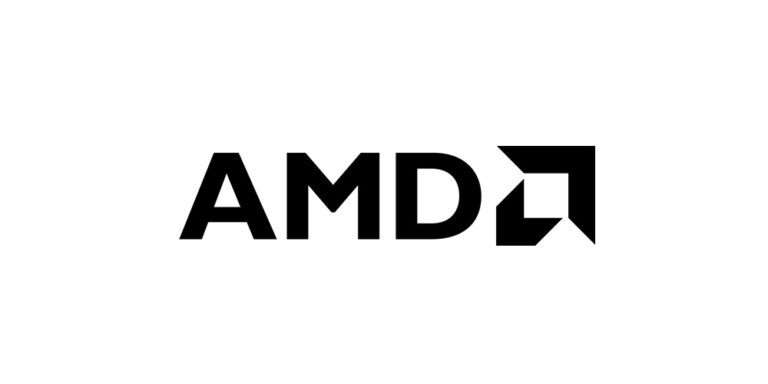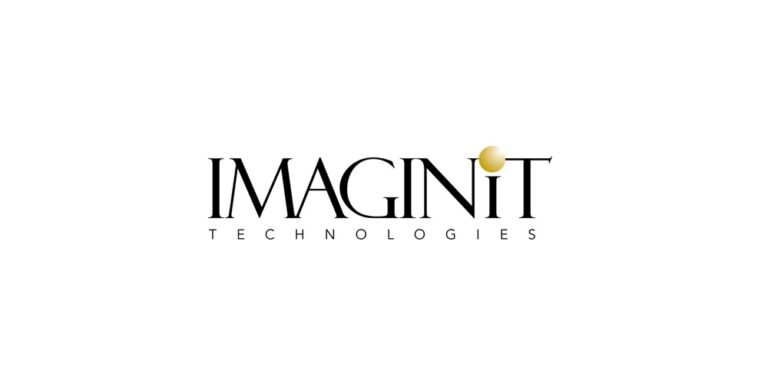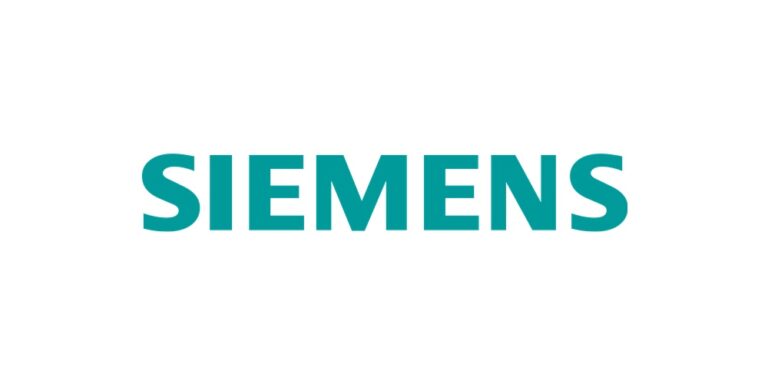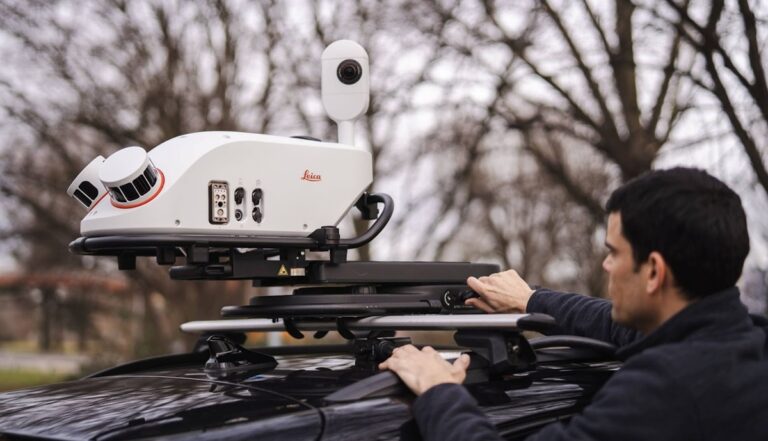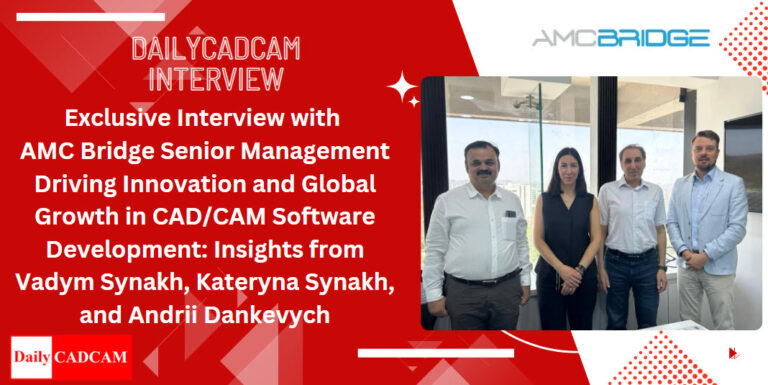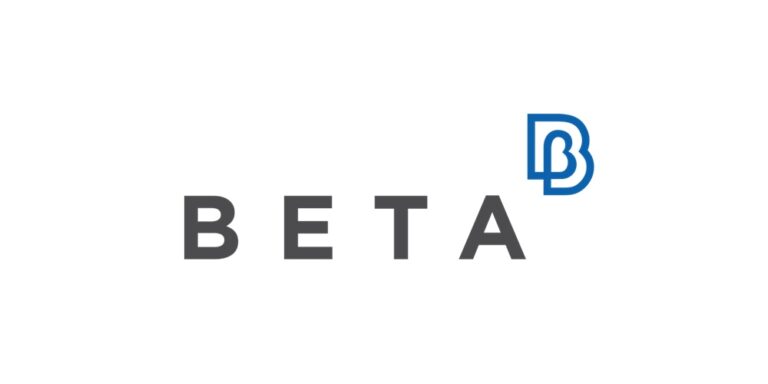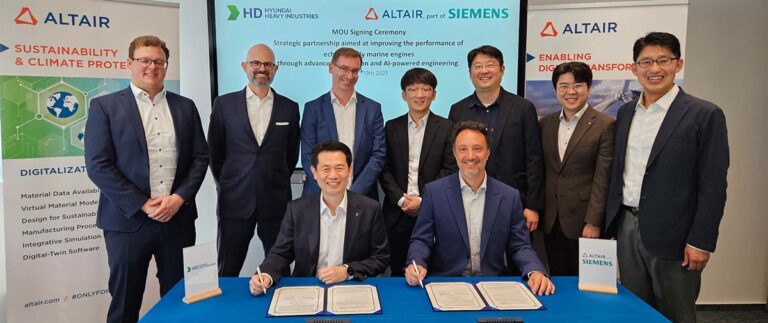TAIPEI, Taiwan, May 22, 2025 – At COMPUTEX 2025, AMD (NASDAQ: AMD) unveiled its latest breakthroughs in high-performance computing with the launch of Radeon RX 9060 XT and Radeon AI PRO R9700 graphics cards, and Ryzen Threadripper 9000 Series processors. Engineered to address the toughest workloads in gaming, content creation, professional industries and AI development, these new processors push the boundaries of what’s possible.

“These announcements underscore our commitment to continue delivering industry-leading innovation across our product portfolio,” said Jack Huynh, senior vice president and general manager, Computing and Graphics Group at AMD. “The Radeon RX 9060 XT and Radeon AI PRO R9700 bring the performance and AI capabilities of RDNA 4 to workstations and gamers all around the world, while our new Ryzen Threadripper 9000 Series sets the new standard for high-end desktops and professional workstations. Together, these solutions represent our vision for empowering creators, gamers, and professionals with the performance and efficiency to push boundaries and drive creativity.”
The new Radeon RX 9060 XT GPUs are powered by the advanced AMD RDNA™ 4 architecture and deliver smooth, responsive 1440p gaming with FSR 4 ML-enhanced upscaling, and accelerated ray tracing. For those who build worlds, tell stories through pixels, or chase victory in esports, these cards offer the performance and intelligence to elevate every experience.
AMD also announced the Radeon™ AI PRO R9700, a new GPU built on AMD RDNA™ 4 architecture with second-generation AMD AI accelerators. With 32GB of graphics memory and PCIe® Gen 5 support, it’s designed for local AI inference, model finetuning, and complex creative workloads, with scalability for multi-GPU systems.
AMD also introduced the Ryzen Threadripper PRO 9000 WX-Series and Ryzen Threadripper 9000 Series processors — bringing record-setting core counts, massive memory bandwidth, and next-gen platform capabilities to professional and enthusiast desktops. Whether rendering cinematic VFX, simulating real-world physics, or locally fine-tuning billion-parameter AI models, these processors are built to break bottlenecks and accelerate innovation.
AMD Powers Next-Gen Gaming Infused with AI
Designed to unlock ultra-smooth gaming at 1440p, the Radeon RX 9060 XT is built for players who expect more. Equipped with up to 16GB of GDDR6 memory and 32 AMD RDNA 4 compute units, the GPU doubles ray tracing throughput compared to the previous generation, providing gamers with more realistic lighting, shadows, and reflections that bring virtual worlds to life.
Second-generation AI accelerators power features like FidelityFX™ Super Resolution 4 (FSR 4), which uses machine learning to boost frame rates and image fidelity under even the most demanding rendering conditions. HYPR-RX delivers a full suite of optimizations, including Radeon Super Resolution and Fluid Motion Frames for lightning-fast response times and immersive, tear-free visuals. With support for FP8 data types and structured sparsity, the RX 9060 XT is ready for the next generation of AI-assisted gameplay, creative tools, and generative experiences.
| Model | Compute Units | VRAM | Game Clock (GHz) | Boost Clock1 (GHz) | Memory Interface | Infinity Cache | TBP | Price (USD SEP) | |
| AMD Radeon™ RX 9060 XT 8GB | 32 | 8 GB | 2.53 | Up to 3.13 | 128-bit | 32 MB | Starting at 150W | $299 | |
| AMD Radeon™ RX 9060 XT 16GB | 32 | 16 GB | 2.53 | Up to 3.13 | 128-bit | 32 MB | Starting at 160W | $349 | |
Pricing and Availability
AMD Radeon RX 9060 XT graphics cards are expected to be available from leading board partners including Acer, ASRock, ASUS, Gigabyte, PowerColor, Sapphire, Vastarmor, XFX and Yeston, beginning later this year. The AMD Radeon RX 9060 XT 8GB has an SEP of $299 USD, while the AMD Radeon RX 9060 XT 16GB has an SEP of $349 USD.
AMD Radeon AI PRO R9700: Built for AI-Powered Workstations
Professionals advancing AI development can rely on the AMD Radeon™ AI PRO R9700 to accelerate local inference, model finetuning, and other data-heavy workflows. With second-generation AI accelerators delivering up to 2x the throughput of the previous generation2 and full support for the ROCm™ software stack on Linux, with support for ROCm™ on Windows coming soon, the R9700 is built for high-performance AI with on-device control and flexibility.
The Radeon AI PRO R9700 also scales effectively in multi-GPU configurations, expanding memory and compute capacity for large models and parallel tasks. This flexibility makes it ideal for advanced workstations tackling complex simulations, real-time rendering, or concurrent AI workloads.
| Model | Compute Units | VRAM | Game Clock (GHz) | Boost Clock1 (GHz) | Memory Interface | Infinity Cache | TBP |
| AMD Radeon™ AI PRO R9700 | 64 | 32 GB | 2.35 | Up to 2.92 | 256-bit | 64 MB | 300W |
Pricing and Availability
The new Radeon AI PRO R9700 is expected to be available from leading board partners starting in July 2025.
Ryzen Threadripper 9000 Series Workstations Processors Redefine Performance
The new AMD Ryzen Threadripper PRO 9000 WX-Series and Threadripper 9000 Series processors are purpose-built to handle the most demanding multi-threaded workloads and empower professionals to bring complex visions to life faster than ever.
At the top of the stack, the Ryzen Threadripper PRO 9995WX offers 96 cores and 192 threads, ideal for visual effects, simulation, and AI model development. With up to 384MB of L3 cache and 128 lanes of PCIe® 5.0 connectivity, these processors make short work of large datasets, multi-GPU workloads, and memory-intensive applications. All PRO models come equipped with AMD PRO technologies for enterprise-grade security, manageability, and platform stability, helping to simplify IT operations.
For enthusiasts and creators who demand workstation-grade compute in a high-end desktop (HEDT) platform, the Ryzen Threadripper 9000 Series offers up to 64 cores, enabling efficient content creation, rapid compiling, and local AI training without the need to offload to the cloud, helping to reduce cost, latency and improve privacy.
| Model | Cores/Threads | Base Frequency | Boost Frequency1 | TDP | Total Cache |
| AMD Ryzen™ Threadripper™ PRO 9995WX | 96 C / 192 T | 2.5 GHz | 5.4 GHz | 350W | 480 MB |
| AMD Ryzen™ Threadripper™ PRO 9985WX | 64 C / 128 T | 3.2 GHz | 5.4 GHz | 350W | 320 MB |
| AMD Ryzen™ Threadripper™ PRO 9975WX | 32 C / 64 T | 4.0 GHz | 5.4 GHz | 350W | 160 MB |
| AMD Ryzen™ Threadripper™ PRO 9965WX | 24 C / 48 T | 4.2 GHz | 5.4 GHz | 350W | 152 MB |
| AMD Ryzen™ Threadripper™ PRO 9955WX | 16 C / 32 T | 4.5 GHz | 5.4 GHz | 350W | 80 MB |
| AMD Ryzen™ Threadripper™ PRO 9945WX | 12 C / 24 T | 4.7 GHz | 5.4 GHz | 350W | 76 MB |
| AMD Ryzen™ Threadripper™ 9980X | 64 C / 128 T | 3.2 GHz | 5.4 GHz | 350W | 320 MB |
| AMD Ryzen™ Threadripper™ 9970X | 32 C / 64 T | 4.0 GHz | 5.4 GHz | 350W | 160 MB |
| AMD Ryzen™ Threadripper™ 9960X | 24 C / 48 T | 4.2 GHz | 5.4 GHz | 350W | 152 MB |
Pricing and Availability
The AMD Ryzen Threadripper PRO 9000 WX-Series processors are expected to be available from MNCs, including Dell, HP and Lenovo, and Supermicro, as well as system integrators starting later this year. High-end desktop platforms featuring AMD Ryzen Threadripper 9000 Series processors, as well as DIY Ryzen Threadripper 9000 Series and select Ryzen Threadripper PRO 9000 WX-Series processors, will be available from retailers starting July 2025.
AMD Continue to Deliver the Future of AI PCs
During the keynote, Jack Huynh was joined by ASUS Co-CEO S.Y. Hsu to introduce the new ASUS Expert P Series Copilot+ PCs, the next-generation commercial PCs designed to bring AI acceleration to the enterprise. Powered by up to AMD Ryzen™ AI PRO 300 Series processors, these systems offer up-to 50+ TOPS of NPU performance, enabling fast, efficient AI-enhanced productivity in top-of-the-line business platforms. Featuring AMD PRO Technologies, Ryzen AI PRO Series processors deliver the enterprise-grade security and manageability features needed for the modern IT environment.
“We’re proud to deepen our collaboration with AMD as we usher in a new era of AI-powered computing,” said S.Y. Hsu, Co-CEO of ASUS. “With the addition of the new Expert series — built from the ground up to revolutionize performance and efficiency for the modern workplace — to our broad AI PC portfolio, and commitment to innovation, we aim to deliver next-gen AI experiences that empower users everywhere.”
“At Lenovo, we’re committed to delivering AI PCs that are not only powerful, but truly personal and productive. Our long-standing collaboration with AMD continues to drive this vision forward — from high-performance laptops to innovative workstations. Together, we’re enabling faster, smarter computing experiences for every kind of user. We’re especially excited about what’s coming next in our ThinkStation P8 workstation, where AMD’s latest high-performance Ryzen Threadripper PRO processors will unlock new possibilities for creators and professionals alike,” said Luca Rossi, President, Intelligent Devices Group, Lenovo.
About AMD
For more than 50 years AMD has driven innovation in high-performance computing, graphics and visualization technologies. Billions of people, leading Fortune 500 businesses and cutting-edge scientific research institutions around the world rely on AMD technology daily to improve how they live, work and play. AMD employees are focused on building leadership high-performance and adaptive products that push the boundaries of what is possible. For more information about how AMD is enabling today and inspiring tomorrow, visit the AMD (NASDAQ: AMD) website, blog, LinkedIn and X pages.

